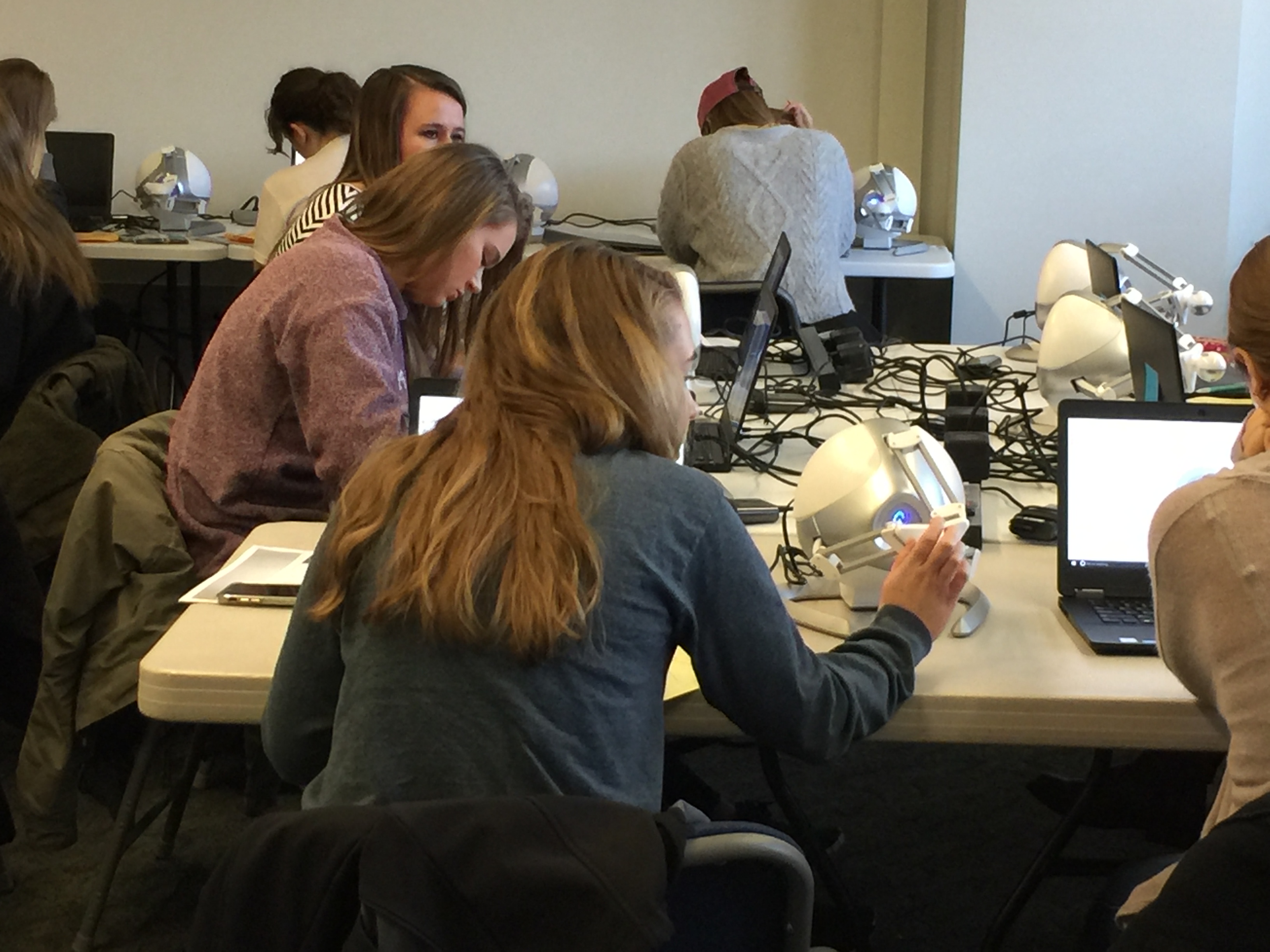Alejandra Magana

While it is clear that the use of computer simulations has a beneficial effect on learning when compared to instruction without computer simulations, there is still room for improvement in fully realizing their benefits for learning. Visuohaptic simulations can help fulfill the educational potential of computer simulations by adding the sense of touch. Visuohaptic simulations may not only help students visualize abstract concepts, but they may also be capable of enriching learning experiences and enhancing retention by promoting embodied learning. To provide additional insights about how students conceptualize difficult and abstract concepts in science, we propose a multimodal sequencing approach for simulations for learning. The guiding research question is: Under what conditions does visual, tactile, and kinesthetic feedback support students’ development of conceptual learning and representational competence of force-related concepts?
This poster and demo presentation summarize a series of qualitative and quantitative studies that suggest that our sequencing approach can promote (a) student conceptualization of force-related concepts through embodied haptic experiences, (b) student development of representational competence, and potentially (c) students’ long-term retention of concepts. We argue that our sequencing approach may provide students with multimodal attentional anchors that reduce complexity of the task, and at the same time promote enactment of activities such as prediction, exploration, and confirmation of both hypotheses and representations.

